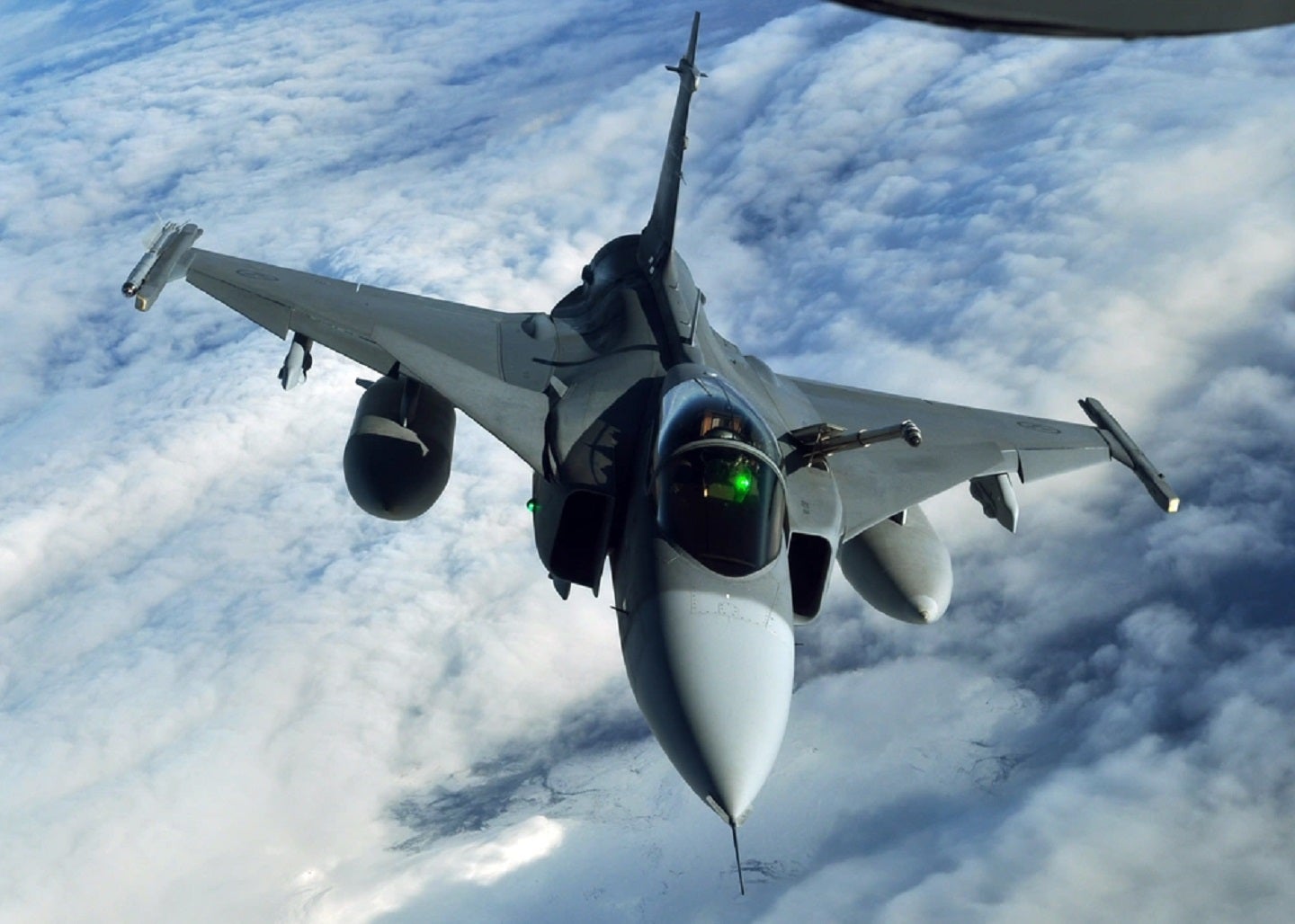
The Swedish government is on track in their aim to meet NATO’s target to spend 2.0% of its gross domestic product (GDP) on shoring up their defence according to the GlobalData report: Sweden Defence Market 2023-28.
In 2023, Sweden’s defence budget reached $8.7bn, equating to a yearly increase of 17.3%, which is a clear demonstration of Sweden’s fiscal response to the invasion of Ukraine. GlobalData expects Sweden will meet NATO’s 2.0% target figure by 2028, with a defence budget of $13.4bn.
This is a positive compound annual growth rate (CAGR) of 6.2% from 2024 to 2028. Sweden currently spends 1.4% of its GDP on defence, up from 1.2% in 2022.
Sweden’s fiscal trajectory is encouraging as the country on NATO’s northern flank seeks to bolster the defence community’s position by consolidating the Baltic sea region.
The country has already committed its forces to military exercises in the recent past, demonstrating their performance and interoperability with the UK and Finland in Exercise Vigilant Knife in September 2022, integrating the Swedish Air Force into a wider interoperable Nordic air force in March 2023, and with their upcoming national exercise Aurora 23 in May.
Budget driver
The Russian invasion of Ukraine has only reiterated what was already a core focus of Swedish defence spending: ensuring readiness in the face of heightened tensions that have resulted from increased competition between regional state powers.
Russia’s aggression in Eastern Europe has highlighted Sweden’s need to ensure it is capable of protecting its sovereignty and territorial integrity. This need is compounded by the fact that Sweden are pursuing NATO membership to benefit from the collective security promised by the all participants to fellow members.
On March 10, 2022, the Swedish Prime Minister announced the intention to increase spending to 2.0% of GDP ‘as soon as practically possible’ in response to the invasion. European tensions with Russia create particular concerns for Swedish defence due to the close relationship the country has with the Baltic states of Lithuania, Estonia, and Latvia.
Aerial isolation
Major capabilities in the Swedish Armed Forces are currently undergoing significant changes in the form of new platforms or upgrades of existing ones. Modern defence technology makes progress at a swift pace and keeping the military competitive will incur greater costs.
The Gripen E is the latest variation of the Swedish-made fighter jet, costing $85m per unit; this is considerably more than the previous D and C variants.
However, the rest of the Nordic air force fleets either employ or plan to field Lockheed Martin’s fifth-generation F-35A stealth fighter jet – with Denmark, Finland and Norway registering a combined CAGR of 33.19% in spending on their F-35A fleets over the next three years according to GlobalData’s forecast – Sweden remains the outlier.
But then again, while this may hamper interoperable aerial performance, Sweden’s entry into Nato will bring its formidable defence industry. Their entry may also introduce the Gripen E fighter jet as a NATO platform as well as the F-35. The Gripen E is a combat aircraft that may cost a lot less than the F-35 in the long-term. This may prove to be an attractive prospect with the proliferation of military procurement.



